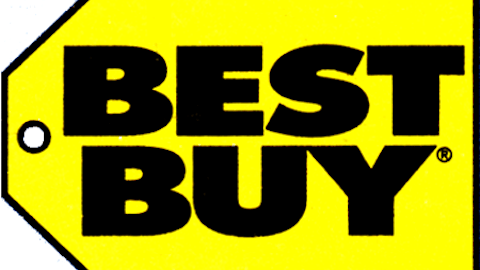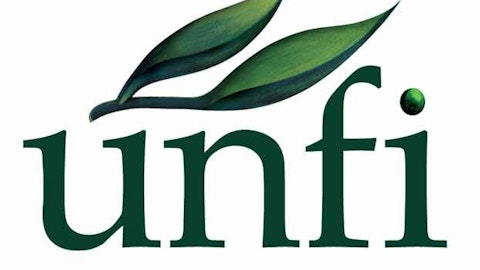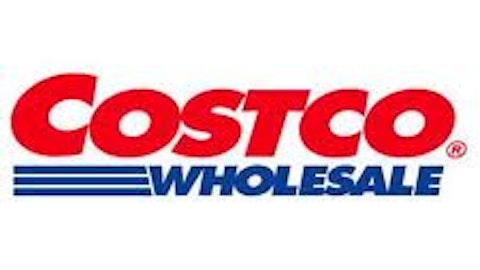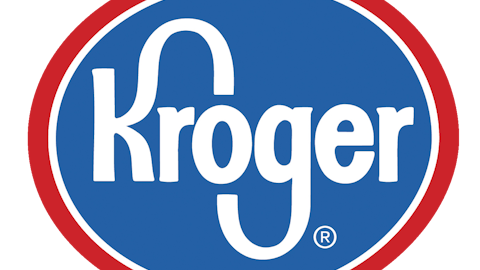If Whole Foods Market, Inc. (NASDAQ:WFM) turns in lower EPS growth as they expect, operating cash flow growth will be lower. With less cash to fund expansion, it may be harder for the company to open the 32 stores they expect this year, without dipping into the cash on their balance sheet. For a relatively young company like Whole Foods, you would hope that organic cash flow could fund expansion. If the company’s cash flow doesn’t allow management to continue growing like they plan, a weaker balance sheet could be the result.
The Valuation Is No Bargain Either
The truth is, Whole Foods stock is relatively more expensive than all of their peers. When comparing companies that pay dividends with those that don’t, I like to use the PEG+Y ratio. This ratio takes the growth rate, adds the yield, and then divides by the projected P/E ratio. This allows investors to see the effect dividends have on a company’s total valuation. Unlike a traditional PEG ratio, in this case the higher the number, the better.
Whole Foods Market, Inc. (NASDAQ:WFM) pays a yield of about 0.75%, and the company’s growth in earnings is expected to be about 18%. However, investors seem to be expecting something more, considering that shares trade for over 36 times projected earnings. Using the PEG+Y valuation, the stock carries a ratio of 0.52. By comparison, The Fresh Market Inc (NASDAQ:TFM) has no yield, but a higher growth rate (20.30%) and a lower P/E ratio (32.15), which gives the company a ratio of 0.63.
The Kroger Co. (NYSE:KR) offers a relatively better value. The company’s yield of 1.75%, and growth of 7.3%, might not sound that good, but the stock sells for just 12.4 times projected earnings, or a PEG+Y of 0.73. Of the group, Wal-Mart Stores, Inc. (NYSE:WMT) offers the best combination, with a 2.43% yield, 9.29% growth, and a P/E ratio of 14.56. Walmart’s PEG+Y ratio of 0.80 easily beats all of their peers.
The point is, Whole Foods is relatively expensive, same-store sales are slowing down, and the back half of the year looks challenging. The stock has been on a tremendous run, but I would caution investors about adding to their positions at these levels. Remember, it doesn’t matter what other people have made on the stock, if you buy today, you have to look at what you can expect in the future.
Chad Henage has no position in any stocks mentioned. The Motley Fool recommends The Fresh Market and Whole Foods Market (NASDAQ:WFM). The Motley Fool owns shares of Whole Foods Market. Chad is a member of The Motley Fool Blog Network — entries represent the personal opinion of the blogger and are not formally edited.
The article Are Investors Ignoring These 3 Problems? originally appeared on Fool.com and is written by Chad Henage.
Copyright © 1995 – 2013 The Motley Fool, LLC. All rights reserved. The Motley Fool has a disclosure policy.




